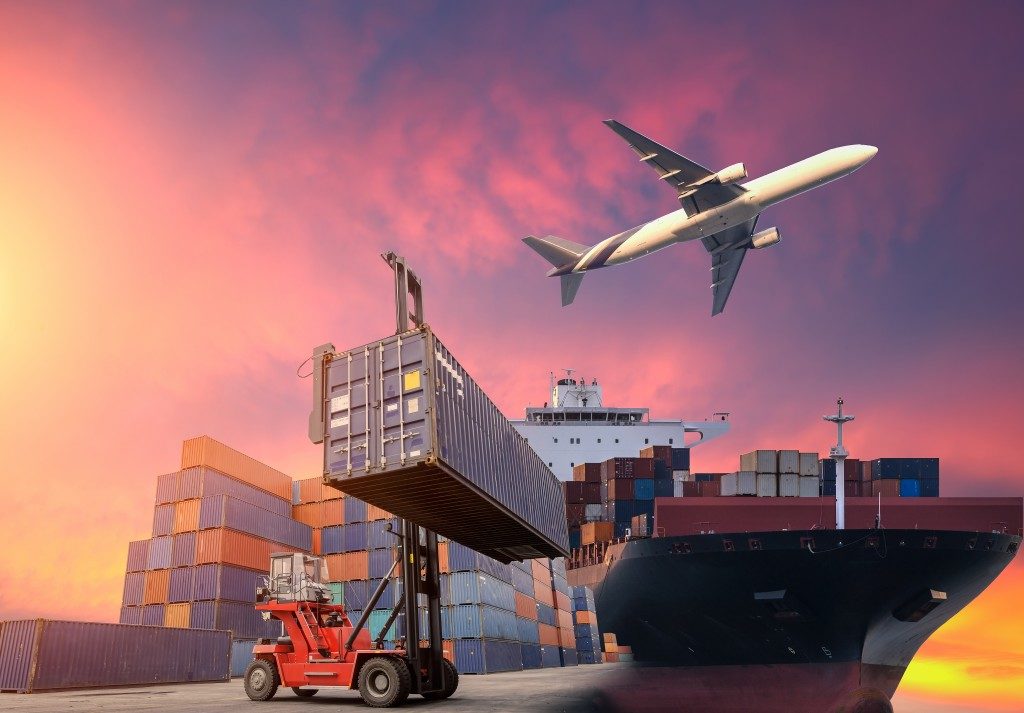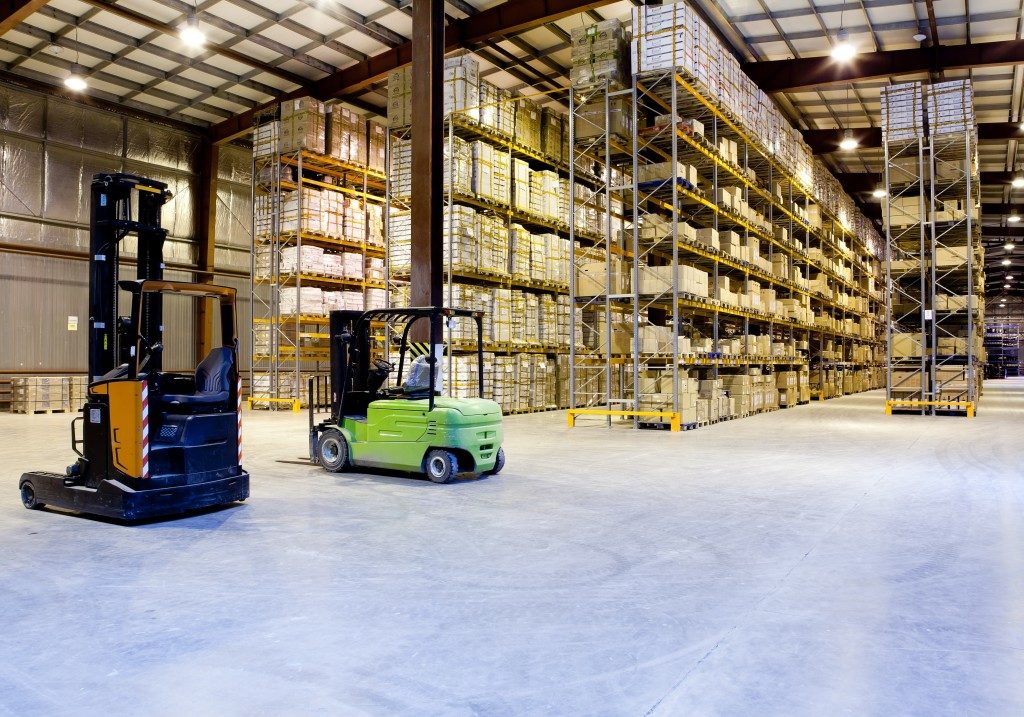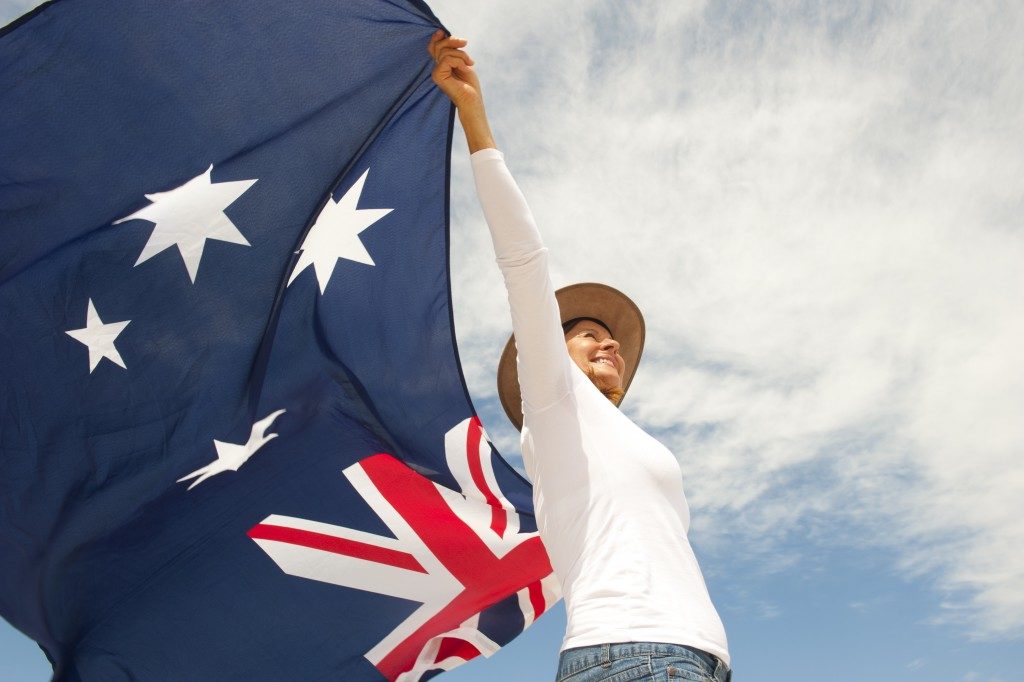With many people being more environmentally cautious nowadays, it is no surprise to know that even cargo vessels and cruise lines are getting involved in the fight against climate change.
This is excellent news for the green movement and everybody involved. It won’t lead to loss of charter and would even bring in more business as more people are now inclined to support sustainable and environmentally friendly companies. But just how are cruise lines making the transition to going green?
Alternative Power Sources
Cruise companies are now transitioning to using alternative fuel sources, such as liquified natural gas (LNG) to power their ships. Carnival Corp. and Royal Caribbean Cruise Ltd. have both led the industry in reducing their carbon footprints.
Carnival has invested over a billion dollars in newer green technology, starting with the AIDAnova, the industry’s first LNG-powered cruise ship, with ten more in order between 2019 and 2025. RLLC has a couple set to be delivered in 2022 and 2024.
Other smaller companies have joined the movement to go green with alternative fuels, such as ultra-low sulfur marine fuel, which has significantly lowered sulfur oxide and carbon emissions.
No to Single-Use Plastic
Many cruise companies have started (with some having already achieved) the drive to eliminate single-use plastics onboard their ships. Lindblad Expeditions rolled out a comprehensive plan to do away with using bottles, straws, stirrers, and cups fleetwide in 2018. Oceana Cruises and Vero Water joined forces in January 2019 to replace the cruise company’s water distillation systems with environmentally friendly ones.
Most, if not all, companies have prioritized removing single-use plastic in all their fleets.
Efficient Food and Waste Management
The International Maritime Organization has set specific standards and protocols for food-waste management for cruise liners. While there are provisions to dispose of food waste in ‘particular areas’ off-shore, most garbage must be handled ashore or onboard. This may prove more challenging for bigger ships, but smaller ships can help lead the way. Some companies ask guests to select meal choices earlier in the day so they do not overproduce food, which leads to excessive waste.
Lindblad strictly implements the reduce-reuse-recycle system on all their ships, with some ships having incinerators on board to reduce the amount of garbage they hand over when they get to shore.
Controlled Tourism

Royal Caribbean and Carnival work with local communities to study and understand how over-tourism impacts a community and locality. If you’re unfamiliar with the term ‘over-tourism,’ it is simply an expression that refers to the negative impacts of tourism.
The entire industry is committed to making all tours adhere to the standards set by the Global Sustainable Tourism Council. They also realize that their guests won’t enjoy the experience much if they are faced with an overcrowded port and ship. Controlling the number of tourists allowed on tour makes it easier to sustain a cruise and observe the set standards.
With technology advancing, we can all look forward to more eco-friendly breakthroughs from cruise lines and the maritime tourism industry altogether. One more win for Planet Earth.





